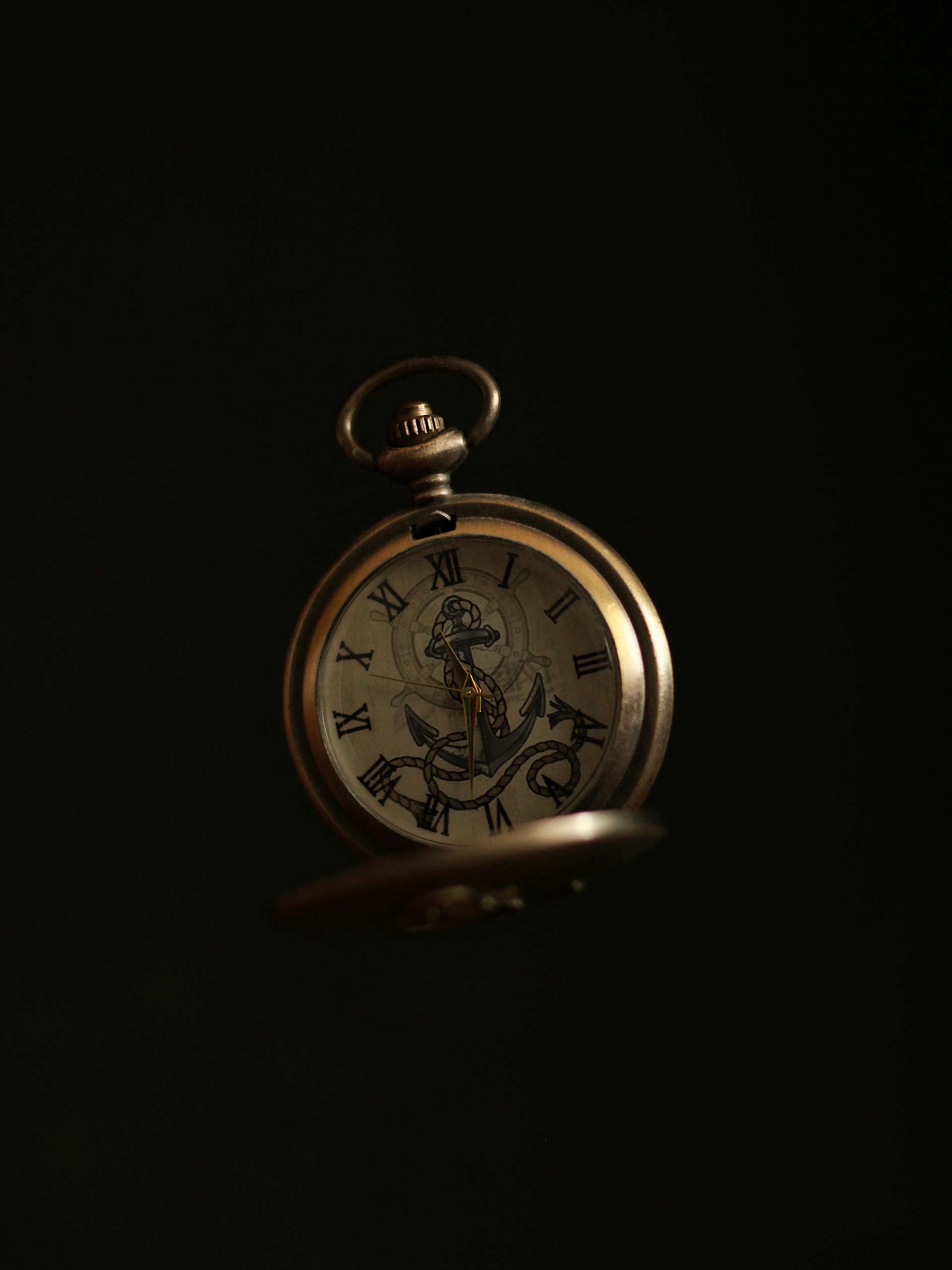The History of Hypnosis: A Journey Through the Mind’s Mysteries
Imagine the distant echoes of ancient drums, the flickering flames of sacred ceremonies, and the mesmerizing chants that seem to transport you to another world. These were the humble beginnings of what we now call hypnosis—a captivating exploration of the human mind that has captivated hearts and minds across the ages. Join me as we delve into the emotional tapestry of history, tracing the evolution of hypnosis from its primordial roots to the modern practices that continue to enthral us.
Picture a time thousands of years ago when our ancestors, driven by an insatiable curiosity, engaged in rituals and ceremonies tapping into their minds’ hidden corners. Through rhythmic dances and enchanting chants, they unlocked altered states of consciousness, bridging the gap between the tangible and the ethereal. These ancient practices laid the groundwork for the hypnotic journey that awaited humanity.
Around 1500 BC, the wise minds of ancient Egypt inscribed their wisdom onto the pages of the Ebers Papyrus, a treasure trove of medical knowledge. In those ancient texts, the secrets of hypnosis healing were revealed. The incantations, the rituals—they were all means of connecting with the profound realms of the mind to heal the body. The stage was set for the idea that the mind held remarkable power over the physical world.
Stepping into the 18th century, we encounter the enigmatic figure of Franz Anton Mesmer. With his piercing gaze and captivating presence, he introduced the world to “animal magnetism,” a concept that laid the groundwork for modern hypnosis. Mesmer’s theatrical displays of inducing trance-like states through suggestion left audiences awestruck. His work, though met with scepticism, fueled the exploration of the untapped potential of the human mind.
Moving forward, the 19th century ushered in the Scottish surgeon Dr James Braid, who breathed new life into the study of hypnosis. Rejecting Mesmer’s magnetic theories, Braid coined the term “hypnosis” from the Greek word “hypnos,” meaning sleep. His scientific rigour and insistence on the power of attention and gaze shifted the focus from mysticism to method. Braid’s legacy transformed hypnosis into a legitimate field of study.
Meanwhile, across the seas in India, Dr James Esdaile was pushing the boundaries of medicine and hypnosis. The audacious surgeon showcased how hypnosis could be used as an anaesthetic, allowing him to perform intricate surgeries without conventional pain relief. His daring experiments emphasized the practical potential of hypnosis, redefining the limits of medical science.
As the 20th century dawned, a resurgence of interest in hypnosis took centre stage. Researchers and psychologists embraced its therapeutic benefits, paving the way for its integration into mainstream psychology. Hypnosis evolved from a mystical phenomenon to a legitimate tool for addressing stress, anxiety, and phobias. Its applications extended into virtual realms, where immersive experiences and cutting-edge technology unlocked new dimensions of personal growth.
Today, the history of hypnosis stands as a testament to our unending quest to understand the enigma of the human mind. From ancient rituals to virtual reality, from Mesmer’s gaze to contemporary therapy, hypnosis has woven itself into the very fabric of our existence. As we navigate the modern world, we are reminded that self-discovery through hypnosis is an odyssey that leads us to the heart of our consciousness.
